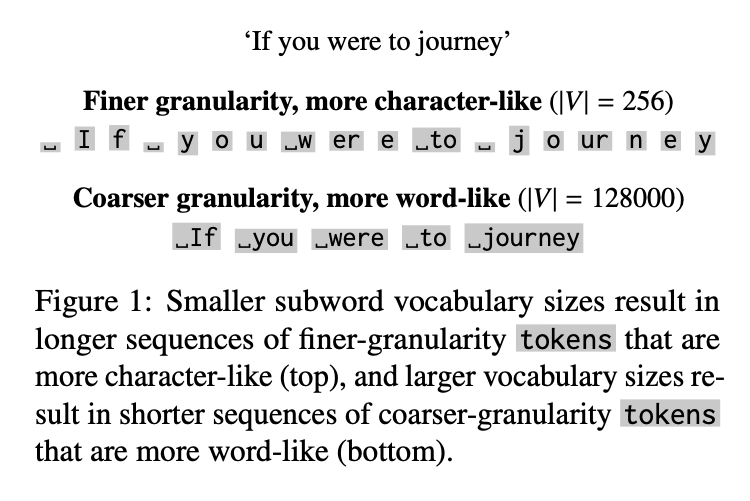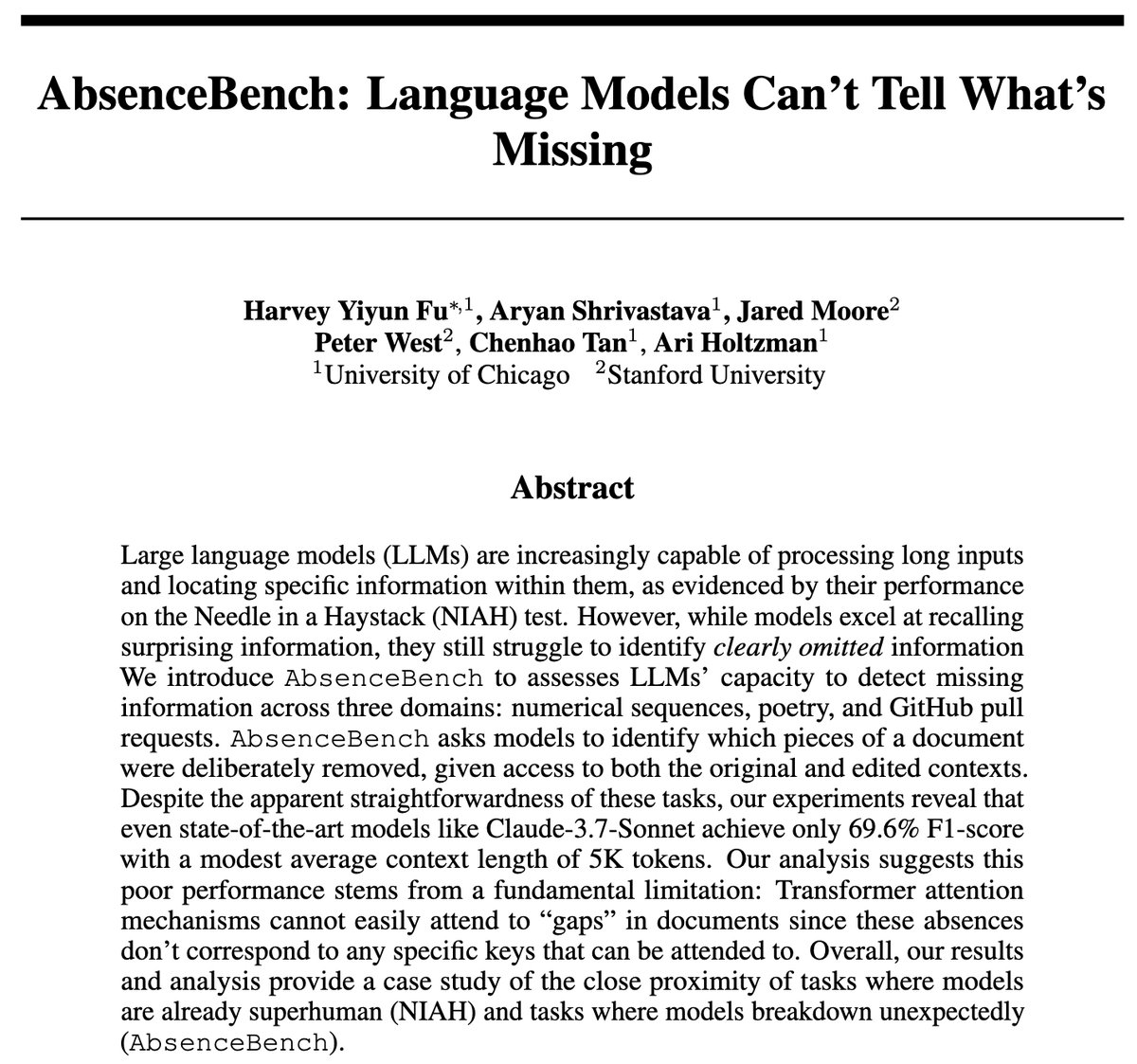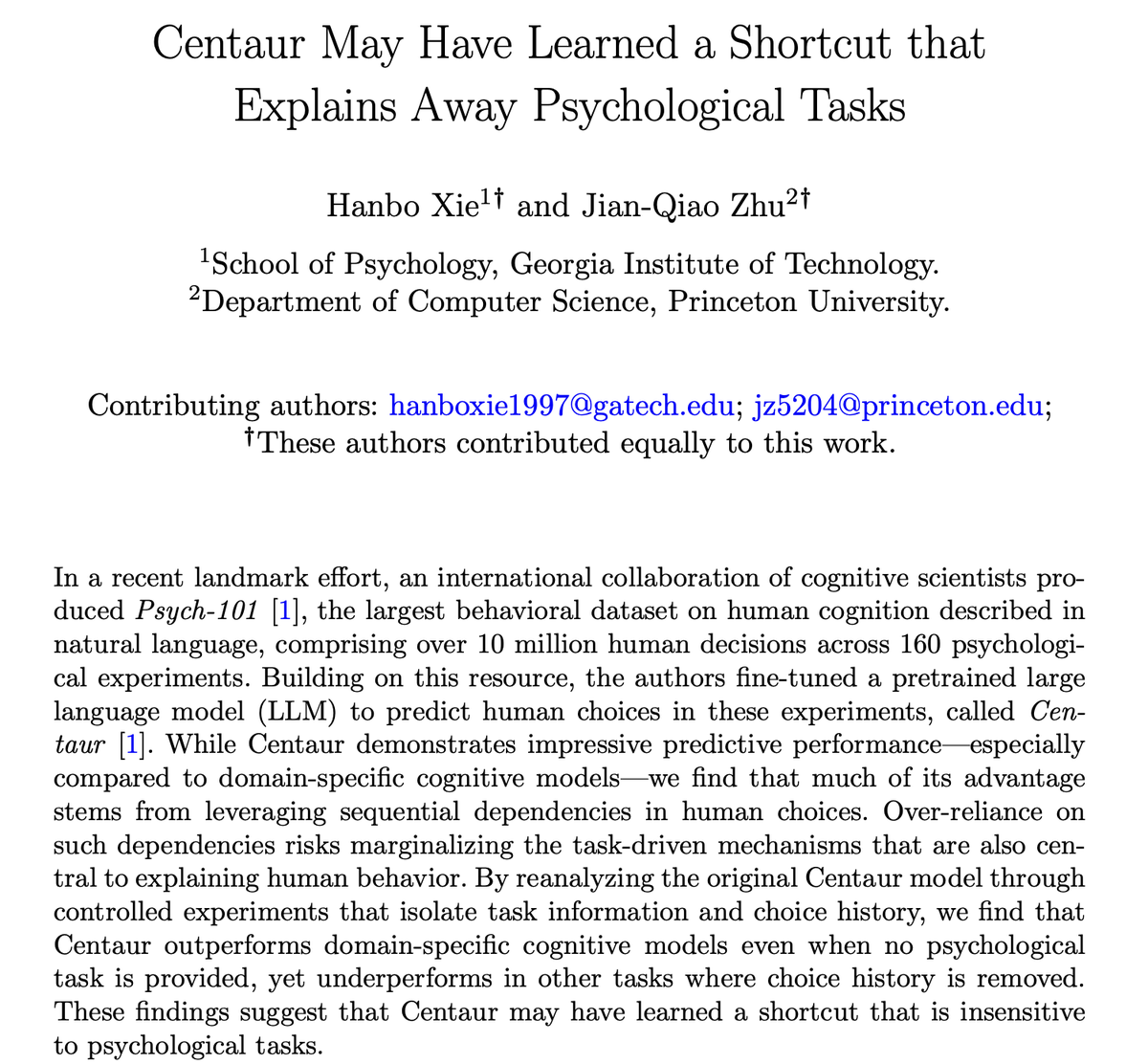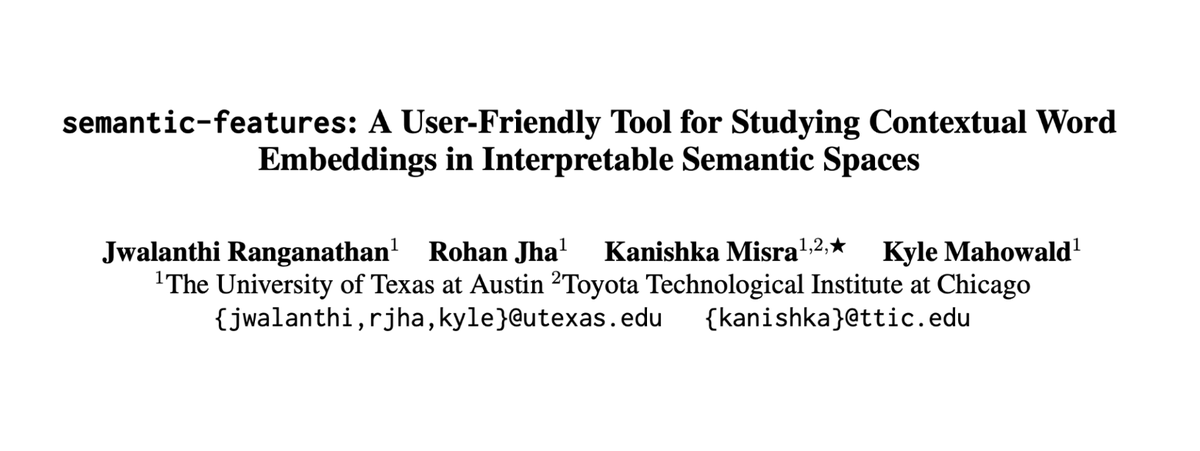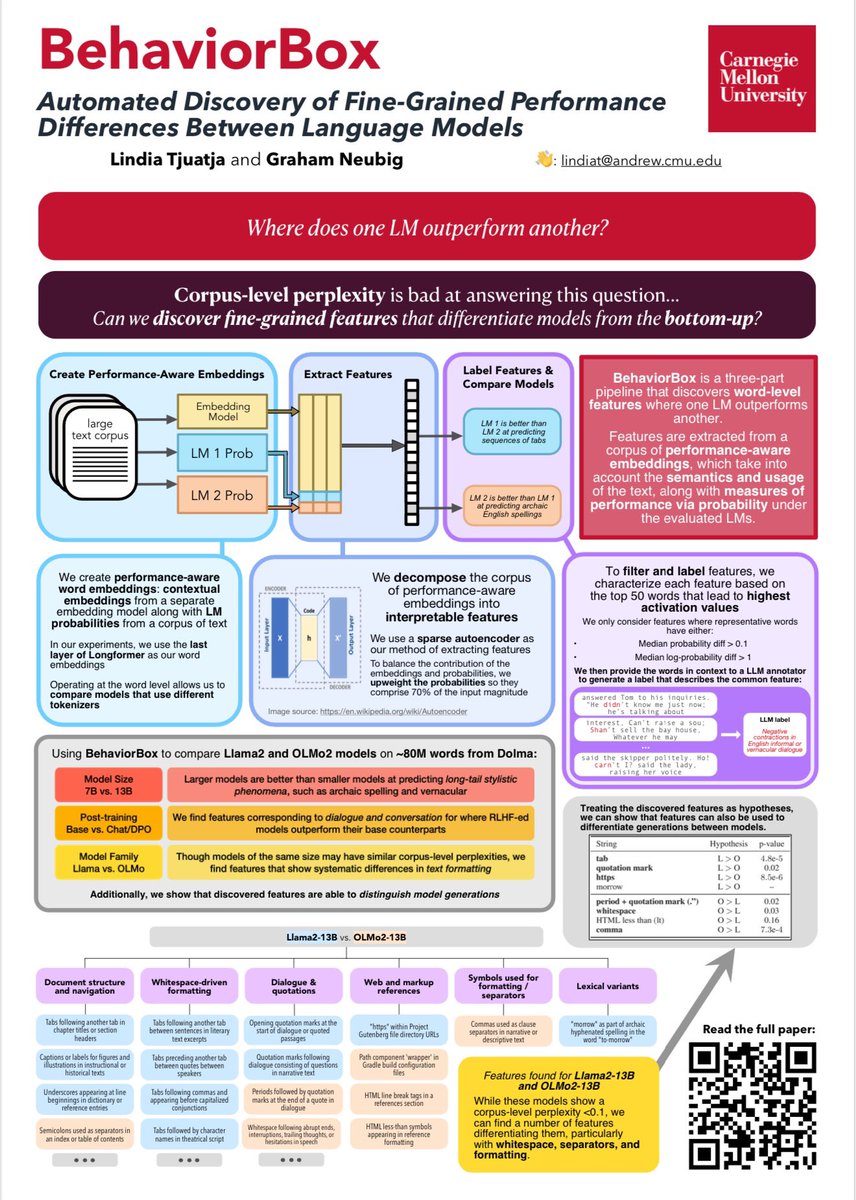
Sathvik
@sathvikn4
computational psycholinguistics @ umd, nsf grfp fellow | he/him | fmr: cognitive & computer science @ uc berkeley | also on bluesky (sathvik@)
ID: 931956273540501504
https://sathvikn.github.io/ 18-11-2017 18:44:25
1,1K Tweet
803 Followers
1,1K Following






Researchers Univ. of Maryland are examining how and why some misleading narratives proliferate via strategic use of certain mainstream news articles. The paper—coauthored by Pranav Goel, Jon Green, 🇺🇦 [email protected] & Philip Resnik—was published Nature Human Behaviour. nature.com/articles/s4156…








I am delighted to share our new #PNAS paper, with Gaurav Kamath, Michelle Yang Siva Reddy and Morgan Sonderegger, looking at whether age matters for the adoption of new meanings. That is, as words change meaning, does the rate of adoption vary across generations? pnas.org/doi/10.1073/pn…


When questions are poorly posed, how do humans vs. models handle them? Our #ACL2025 paper explores this + introduces a framework for detecting and analyzing poorly-posed information-seeking questions! Joint work with Jordan Boyd-Gräber befindet sich in Wien (ACL2025) & Rachel Rudinger! 🔗 aclanthology.org/2025.acl-long.…




A paper with Vic Ferreira and Norvin Richards is now out in JML! (1) Speakers syntactically encode zero complementizers as cognitively active mental object. (2) No evidence LLMs capture cross constructional generalizations about zero complementizers. nam10.safelinks.protection.outlook.com/?url=https%3A%…



